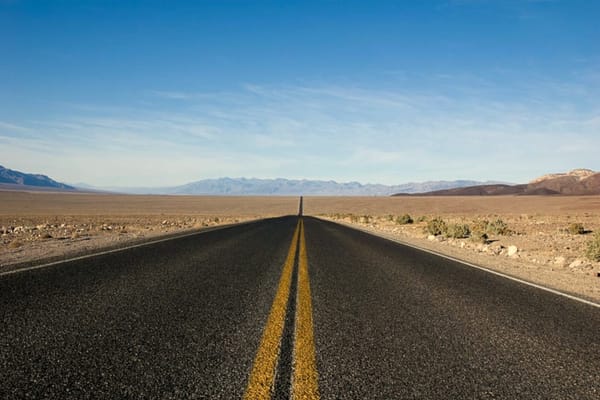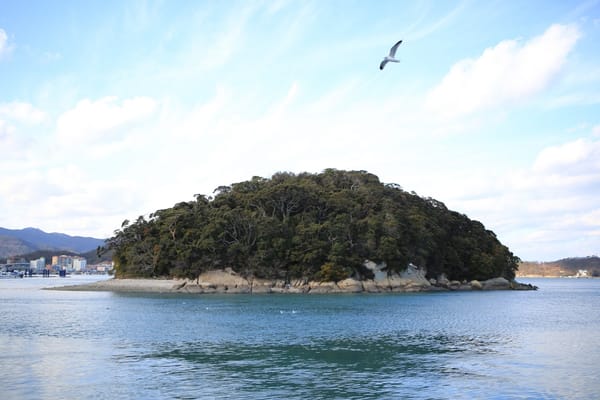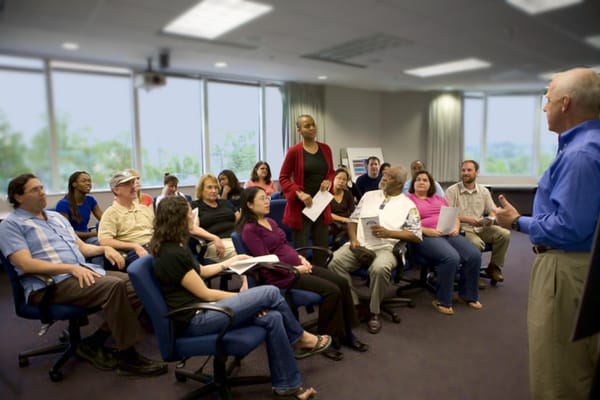Securitizing the Commute
Bigger cars may be the cause of the security dilemma, but they are the symptom of how the securitization process robs us of security.
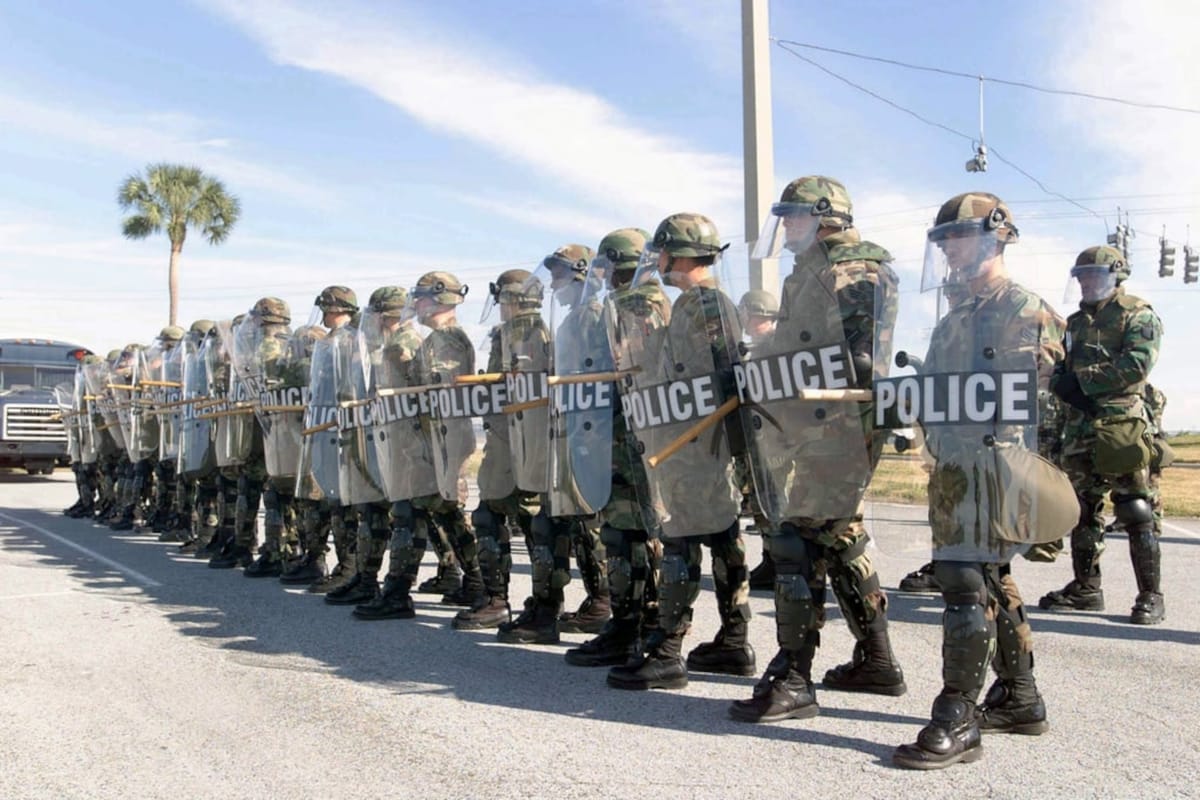
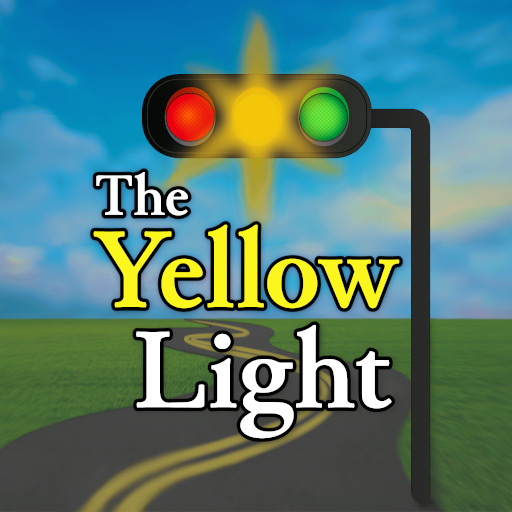
Think of the last time a company unveiled a whole new lifestyle truck. Bulletproof doors seemed to impart extra safety—maybe even coolness. In actuality, such features threaten everyone, including the people in the driver’s seat. Some critics may jump to the security dilemma related to the bigger car, but this essay addresses how the promotion of such a vehicle plays into something called “securitization.”
The Cybertrucks inflated the size of yet another category of automobile, the sports car of the apocalypse. Ride in style and safety, right? When everyone seeks refuge in bigger cars that can “beat” the neighbors’ cars, life gets worse for everybody. Heavier vehicles release exponentially more energy in crashes. With stiffer trucks, the vehicle crumples less. When the vehicle crumples less, more energy goes to breaking your bones.
The increased danger may be real, but we feel more secure. Behind every consumer truck or car lies the marketing. The advertisements reflect the dominant beliefs of what it means to be secure, and the ads reinforce those understandings. For example, take the notion that a car could “own the road” and thus protect your family. This idea only became possible after we forgot to think of security as a public good, after it became a commodity that an individual could purchase and possess. And it fits a larger pattern of the rejection of pooling our efforts to solve collective problems.1
“Securitization” seems to ward off some external threat. We may not always see the problems with a sedentary lifestyle, but we fear the odd pedestrian who may carry a concealed weapon or the other motorist who may drive recklessly, and it only takes one in a thousand to be bad in order to ruin your day. Naturally, people look out for themselves and pack their loved ones into fortified automobiles (which would be safer than a small sedan or a bike trailer, right?). The country that caters to this will be car-dependent and have more parking lots, highways, and strip malls. This imprisons entire groups of people in their homes, however. If we so willingly trade away the freedom of movement for the young, the old, the poor, or the sight-impaired, then what does that say about us?
The new world normalizes other antisocial attitudes too. In many suburbs, immense lawns buffer each house from the street and from neighbors. Those acres of grass are to look good and provide space. Your kids can play there too—and maybe their pre-approved friends as well. The homeowners who can provide big backyards for their own families may ask why they should have to contribute to a public park, and vote accordingly.
All kids need to leave the house at certain times for one reason or another, which turns parents into full-time chauffeurs. Many live this reality multiple times every day. For example, since 2022, the majority of American students reach school and return home by private car.2
At the same time that the yellow school bus has been disappearing, so too has the corner store. We stripped shopping of its public character. Every year, more goods arrive through online retailers while cobwebs haunt the buildings downtown. Hulking delivery trucks ply the streets. Potholes multiply, but the local government cannot afford to fix them. To avoid the discomfort of driving over them, some rugged consumers may consider a flying car, perhaps from trailblazers such as ASKA or Alef Aeronautics.
We became accustomed to these sights bit by bit. Every car that gets extravagant press coverage at launch, every truck ad that taunts us at the bus stop, every movie that equates commuting by bike with being a loser, every news program that inverts the ratio of crash fatalities to back-alley murders—every “speech act” influences our perceptions. Eventually, we nod along.
In the early 1900s, everyone knew that the people on foot needed protection from the new-fangled metal behemoths that roared by. But after well-funded campaigns and key political endorsements, the opposite paradigm prevailed. Now, we feel a duty to save beleaguered motorists from the scourge of “jaywalkers.”
Within a few decades, we had adapted. If you want to cross a street, you press a button and wait. After two, four, or six minutes, you get fifteen seconds to scurry across forty feet of blacktop. If you want to go diagonally, then you have to repeat the ritual. If you dare to go in the wrong order or miss hitting the button at the golden moment, you may have to wait for multiple cycles. A four-way intersection without four crosswalks will require three crossings, even if you just want to go to the store on the other side of the street, just forty feet away. When people are able to walk, they need to look to and fro. Pedestrians must shoulder the blame if they fail to leap out of the way when a car blows through a red light. We “securitized” the free flow of motor vehicles—but not humans.
This sense of priorities has especially hurt children. In the quest to remove students from danger, many districts chose to build schools far away from the places where strangers walk. That remote location, however, slows down emergency services. This also forces students to get to school via the same automobiles that have killed more of them than any other factor.3
In contrast, the safe community does not gate itself off. It sports dedicated paths and raised crossings. Public transit gets Grandma to her medical appointment—even when the car won’t start. Broad sidewalks and narrow streets calm traffic, which saves lives. The design discourages highway driving within the downtown and prevents crashes.4
Rowhouses, ground-floor shops, upper-floor balconies, and busy parks deploy “eyes on the street”5 and create “defensible spaces.”6 These reduce crime by giving local people the power to exercise “collective efficacy.”7 In this neighborhood, the built environment facilitates many interactions among neighbors. This yields high levels of the greatest resource for a society, social capital.8
Imagine this picturesque town. Maria raises her two kids above the deli she runs. Jae-min built a backyard cottage for his niece. Every morning, Alison checks in on the elderly widower, Mr. Rosen, on her walk to work. Does the way we design our streets and traffic still conjure these scenes? In order to prioritize fast speeds, free parking, and wider highways, most local governments used zoning to make it illegal to build this kind of place. The shut windows of a car may secure privacy, but do they secure living?
These towns disappeared in service of new goals. In order to control our climates and lower our pulses, we sought military-grade protection, but this undermined safe streets and quiet cities for everyone. Ironically, it raised the blood pressure. Norms changed. It became okay to demand the rest of society cater to your personal bubble.
In every case, the securitization process destroys “politics as normal.”9 In wartime, for example, a securitization mindset leads people to support the indefinite detention of the enemy—and the demonization doesn’t stop there. Neighbors stop trusting each other.
If we turn roadways into battlefields, we signal that it is okay to treat vehicles as weapons. When drivers fear that someone is waging a “war on cars,” everyone outside of a car poses a threat. The more that people walk, ride bicycles, or take the bus, the less that cars take up space or cause traffic jams. However, the person in a car sees the person on a bike as the harbinger of death for a way of life. Some drivers show their displeasure through the “punishment pass.” Their targets can relate to William Tell’s son, who had to stand still while an apple was shot off his head.
We need to examine what we say and do in the name of security, especially because fear steers us to faulty beliefs, and our reactions put everybody in danger. To buy an SUV or truck is to pay more for a more hostile landscape, but shaming the individual is ineffective. One person can valiantly go against the grain, but every other individual is free to go with the grain. Without collective action, we know where the free-for-all is headed. For every house, a garage. For every garage, one or more armored tanks. The law of the jungle will reign. Life will be nasty, brutish, and short.
- Ronald Aronson, “The Privatization of Hope,” Boston Review, April 26, 2016.↩
- Andrew Van Dam, “The School Bus Is Disappearing: Welcome to the Era of the School Pickup Line,” The Washington Post, February 2, 2024.↩
- Only after 2020 did firearms overtake vehicles as the leading cause of death for minors in America (Robert Gebeloff et al., “Childhood’s Greatest Danger,” The New York Times Magazine, December 14, 2022). Remember too that the costs of a car rob poorer families of better food and clothing, without which the quality of life declines. The American Automobile Association estimates car ownership at $12,182 per year (capital depreciation, maintenance, insurance, fuel).↩
- Stephanie Desmon, “How Narrower Traffic Lanes Could Help Reduce Crashes,” Johns Hopkins | Bloomberg School of Public Health. Also, cars have long posed the greatest external threat to Americans’ lives at over 120 deaths daily (“Fast Stats: Injuries,” Centers for Disease Control and Prevention).↩
- Jane Jacobs, The Death and Life of Great American Cities (1961); Daniel McMillen et al., “Do More Eyes on the Street Reduce Crime?” Journal of Urban Economics, no. 110.↩
- Neal Kumar Katyal, “Architecture as Crime Control,” Yale Law Jorunal 111, no. 5; Oscar Newman, Defensible Space (1972).↩
- Robert J. Sampson, “Collective Efficacy Theory,” in Encyclopedia of Criminological Theory, ed. Francis T. Cullen and Pamela Wilcox, vol. 1 (2010).↩
- Robert D. Putnam, Bowling Alone (2000).↩
- Barry Buzan, Ole Wæver, and Jaap de Wilde, Security (1998).↩


